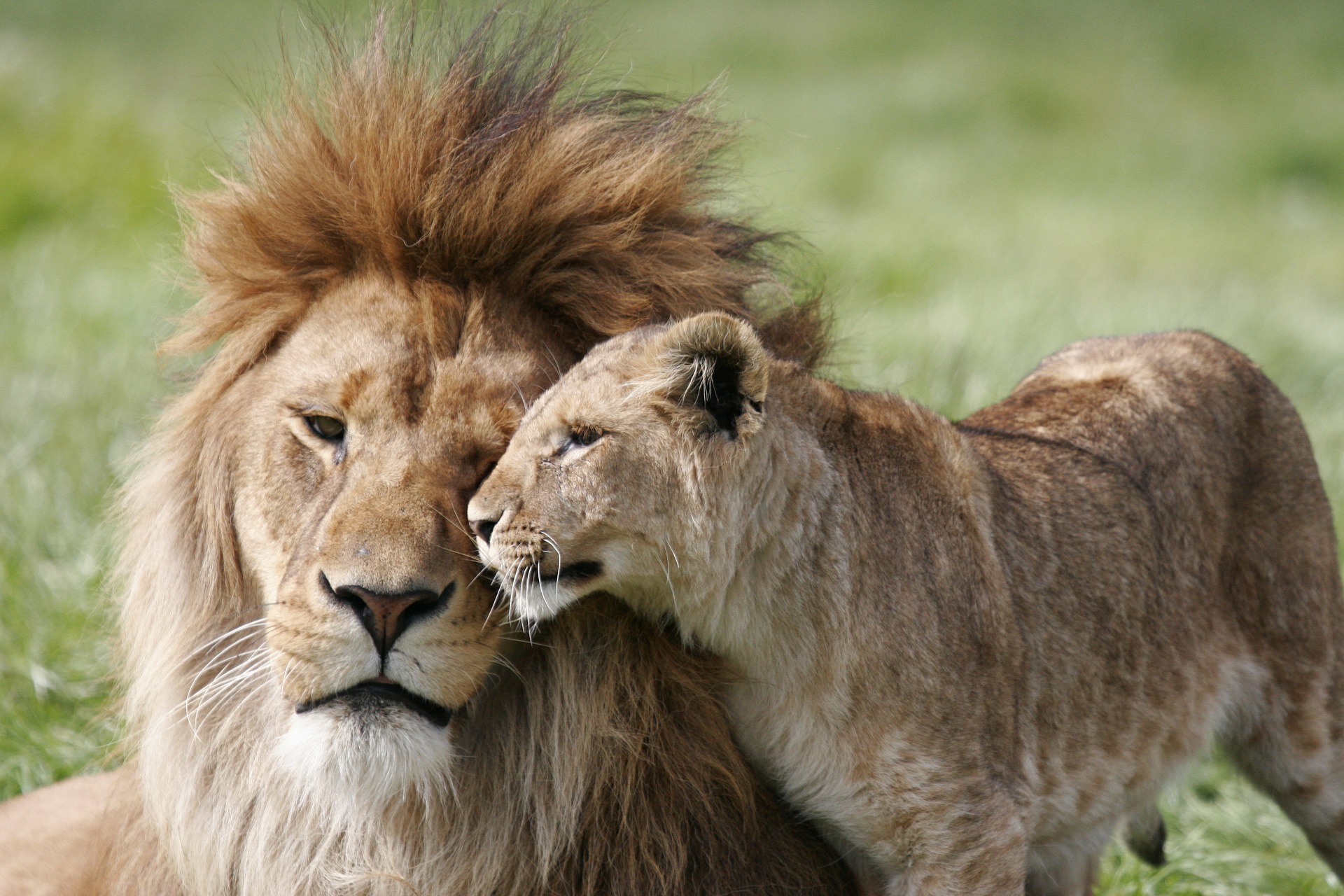4 Barnard St, Rondebosch, Cape Town, 7700
Call Craig: +27 82 091 7983 | Email: craig@southernafricantours.com
Call Bianca: +27 74 957 0355 | Email: bianca@southernafricantours.
South African Private Safaris & Self-drives | Southern African Tours
Safari Tour Company in Cape Town South Africa
SEARCH TOURS
The Big Five
Southern African Tours loves the Big Five which are elephant, lion, buffalo, leopard and rhinoceros. Not all game parks have the Big Five. Also bear in
mind that two of the Big Five animals on the list are very difficult to find. Leopards are nocturnal which means that most of their activity happens at night. Early morning game drives have had some success for viewing leopards – so as much as a 04:30 start on one of Southern African Tours sounds crazy- just do it – you will have an experience difficult to forget and if you are fortunate to see the most elusive of cats – you will have had a once in a lifetime experience. At this time of the morning, you will need to be looking up into trees where most leopards will take their prey out of reach of hyenas and other predators like lions. If they haven’t caught anything, leopards also like to lounge in trees away from danger, in the shade with their camouflage coats keeping them safe while they sleep.

The second animal on the Big Five list that is becoming harder and rarer to view is the rhino. Rhinoceros are on the extremely or critically endangered list of animals with a population of 27 000 of all five species of rhino in the world. Africa is home to 2 of the 5 species on the planet. In Africa currently the biggest human threat to conservation of rhinos is illegal poaching. Not for the meat, but for the rhino horn. Poachers hunt and kill rhinos, only cutting off their horns, and then smuggle these horns mostly into China via old ivory trade routes. It seems that old superstitions still exist in some Asian cultures that a rhino horn is good for male virility. This is an unsustainable misunderstanding of Africa’s rhino species. Absolutely nothing in the cartilage of these majestic animal’s horns helps a stronger erection – and we recommend Viagra instead
What that means to you as a tourist is that many of the field guides and rangers, we at Southern Africa Tours use do keep a very watchful eye on their rhinos. They will make every effort to let you see and photograph a rhinoceros in its natural habitats while you still can. Again, while every effort is made to find a rhino, they are not all chipped and tracked – and no one can guarantee a sighting. Rhinos have bad eyesight by the way, and are known to be firefighters, rushing in to put out campfires. Black rhinos number just 5000 now and are critically endangered. White rhinoceros has two subspecies – the Northern and Southern White Rhinoceros. The worldwide population of Southern White Rhinoceros numbers a bit more than 20000 currently. (2022 July). They are on the vulnerable list. Unfortunately, the Northern White Rhinoceros is functionally extinct. There are only 2 left. Both are females, Najin and Fatu,
and both are highly protected, 24 hours a day at Kenya’s Ol Pejeta Conservancy. The last living male, Sudan, died in 2018 of natural causes.
The term Big Five used to refer to big game trophy hunting. Nowadays, it’s used to focus on the conservation and marketing the beauty and majesty of these incredible animals. Conservation efforts have been ramped up on all the Big Five in most African countries since it became evident that huge numbers of elephants were being killed simply for their ivory. It is now illegal to trade in ivory in South Africa. There are only 415 000 African elephants in Africa. This number does include the African forest elephants which are only located in the jungles of central Africa. The species you will see while on tour with us is the larger savanna elephant (Loxodonta Africana Africana).

Elephants are deeply social animals with a hierarchy where the matriarch is the real leader of the herd. She leads her own calves and their calves in family groups of between 6 to 20 elephants in a herd. Males generally leave the herd at the age of 20 years and sometimes small herds of males do travel together. Unlike the Asian elephants, African elephants are not domesticated. Weighing in at
3.5 tons (female) up to 4.5 tons males – getting out of your vehicle on a self-drive tour is a definite way to get crushed.

The Cape Buffalo is a formidable beast. Weighing in between 300 and 900 kilograms, standing about 1.5 meters high with a set of horns that are fused onto the skull and joined in the middle of the head at a place called “the boss”. These horns are not just ornaments and are used expertly by a charging buffalo who only has one goal in mind, to kill. They used to be called the Black Death or widowmaker by hunters, as if you only wounded a buffalo, it would charge you and kill you. Small wonder that trophy hunters put this beast on the Big Five list. Usually buffalo herds vary in size, and unlike elephants, males and females travel together in the herd.

Lions are also on the vulnerable species list. Panthera Leo is known as the king of the jungle – and Disney movies like the Lion King have made this ferocious hunter well known worldwide. This is a carnivore which means it only eats meat. Please stay in your car on a self-drive tour – or obey every instruction from the ranger or field guide while on one of Southern African Tours. These animals are wild. Thankfully, none of our tourists have been eaten yet, but tourists have been eaten and attacked by lions in Southern Africa.
We encourage you to ask about the Big Five and how you can get to see them in their natural habitat. Our teams will work with you to make the possibility of seeing all of them happen but most importantly, we cannot guarantee that you will

I’m happy to say that our private guided safaris offer unbeatable value. We are owner/guides, which means you shall experience Africa with a dedicated and enthusiastic team. Call Craig +27 (0)820917983




